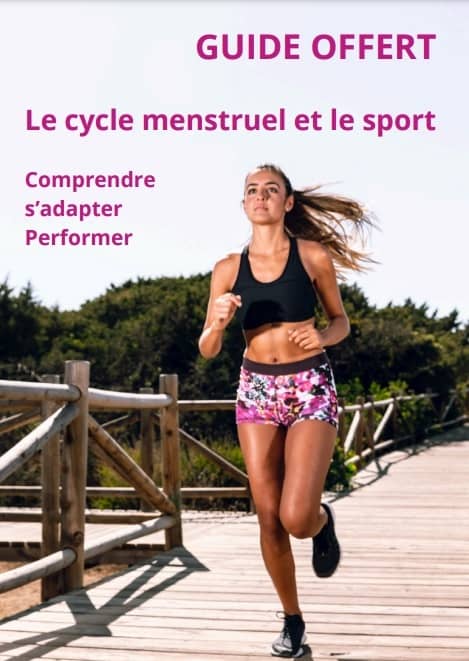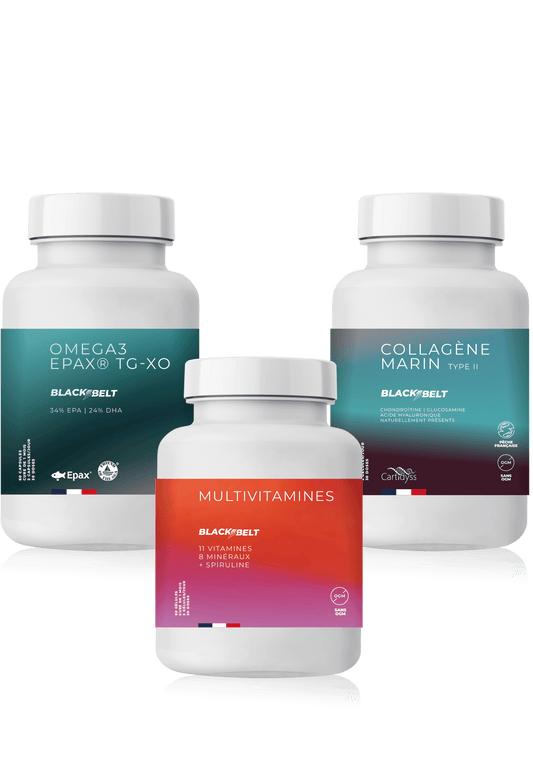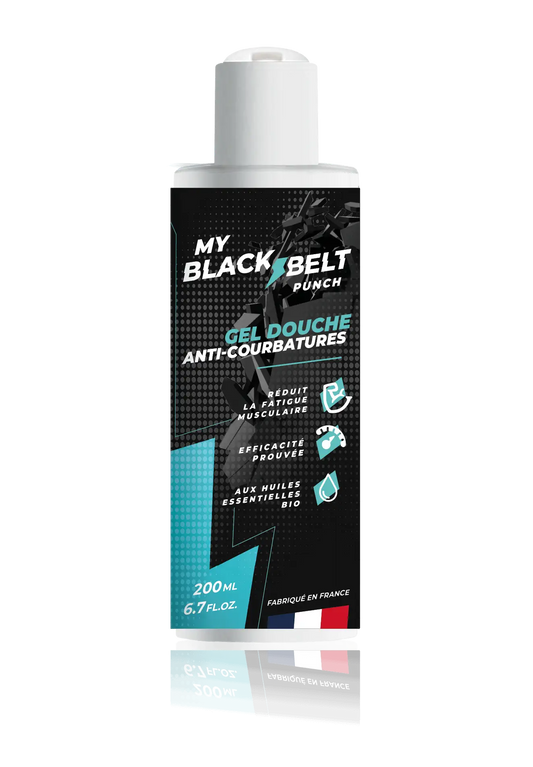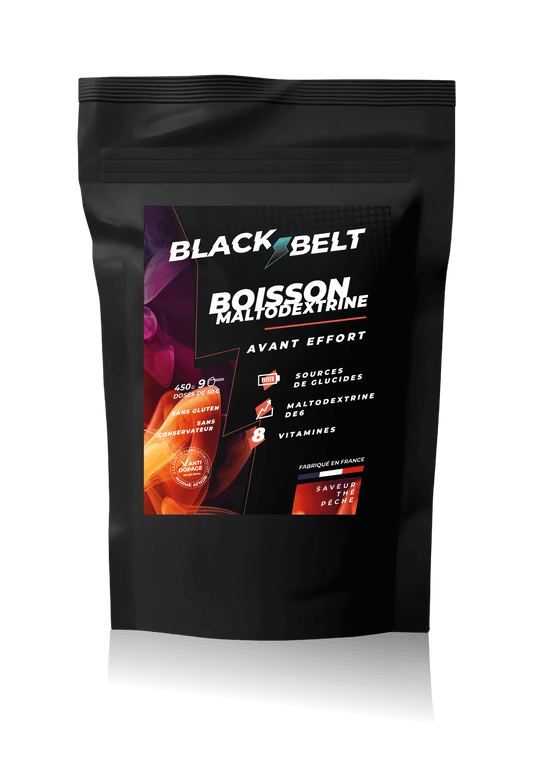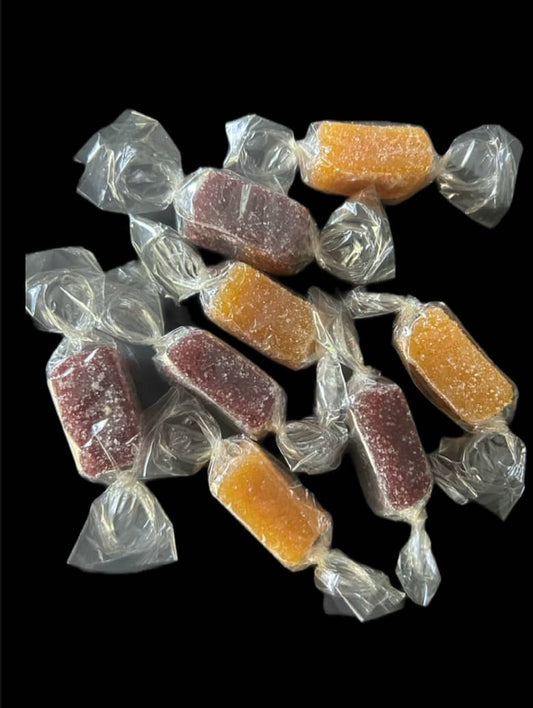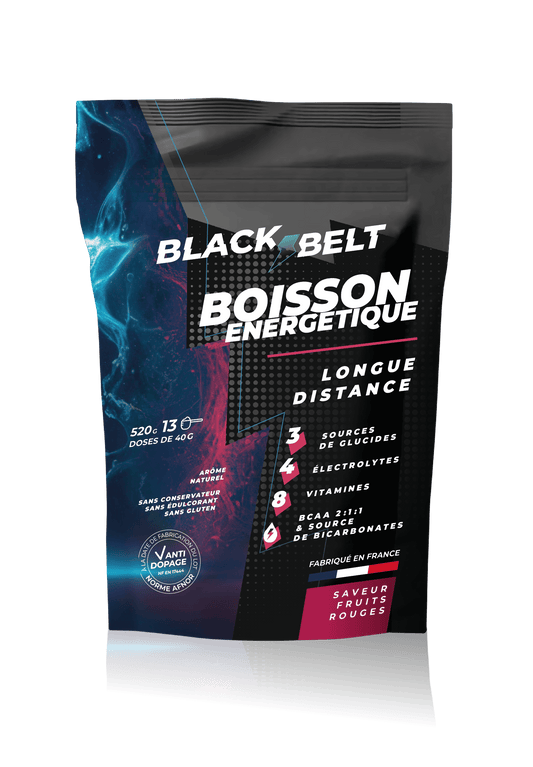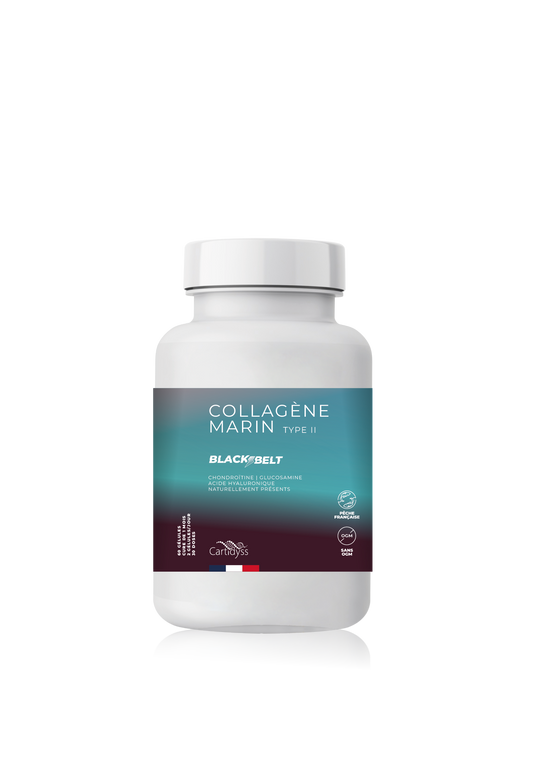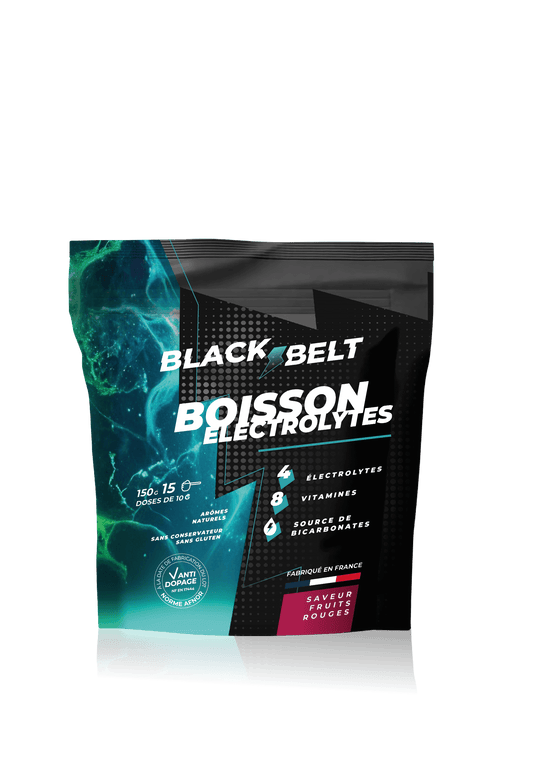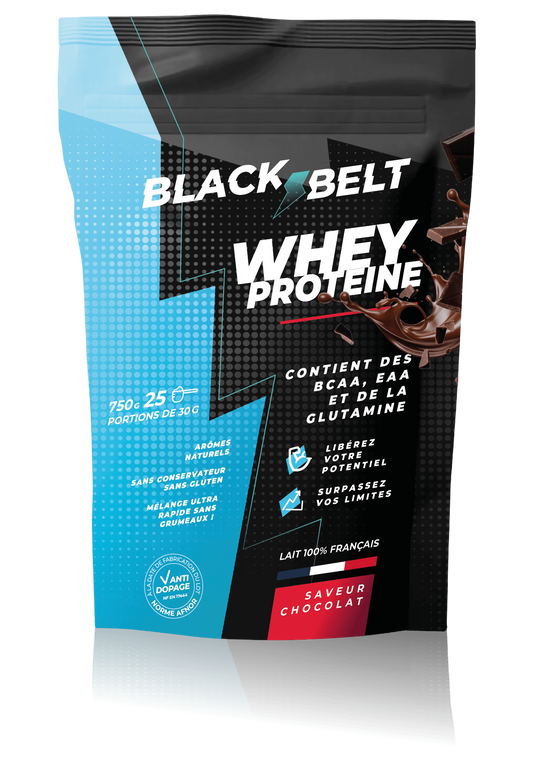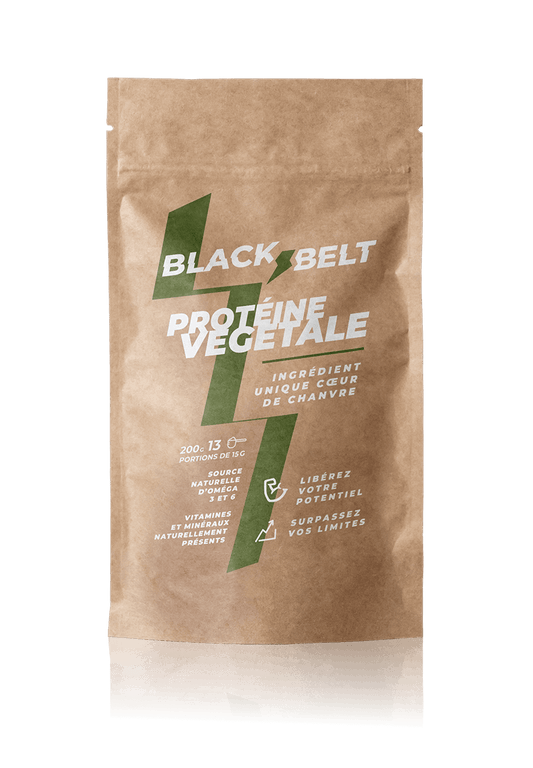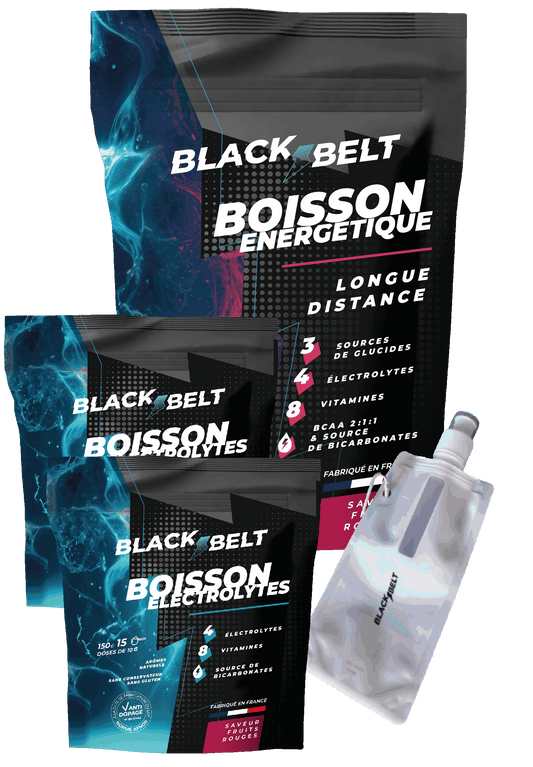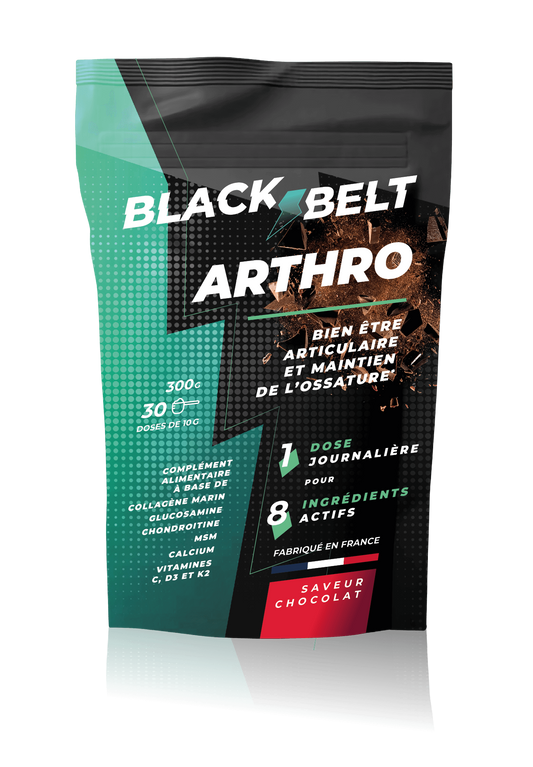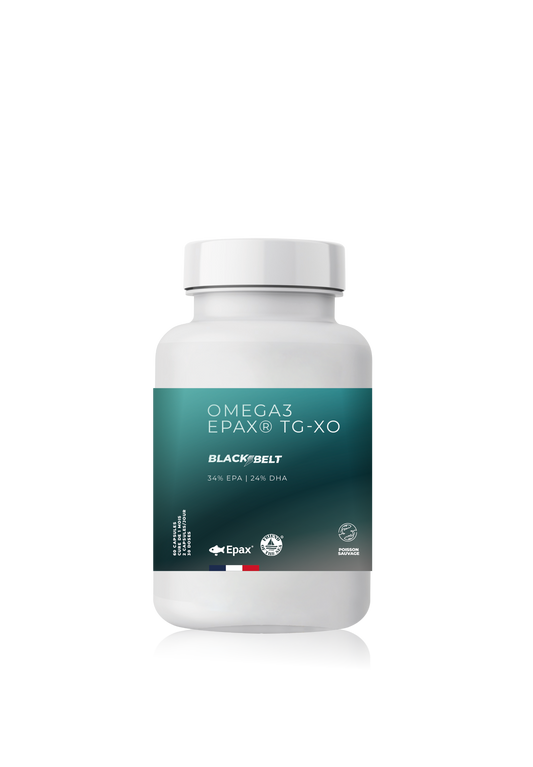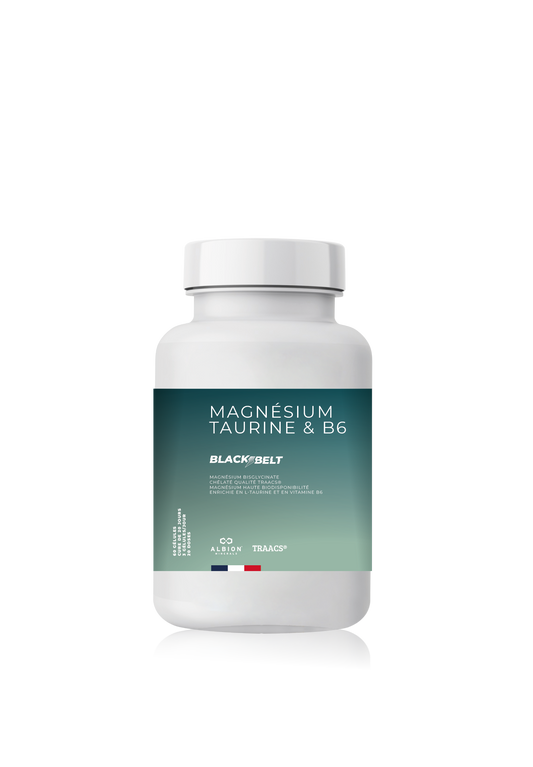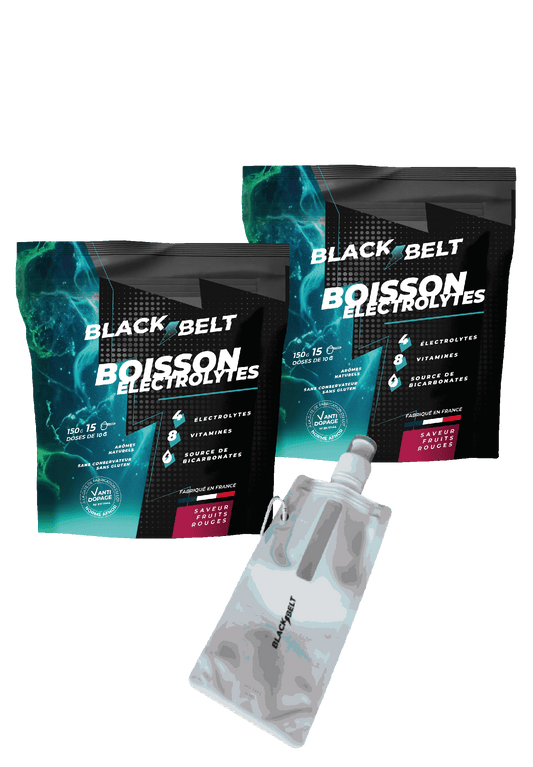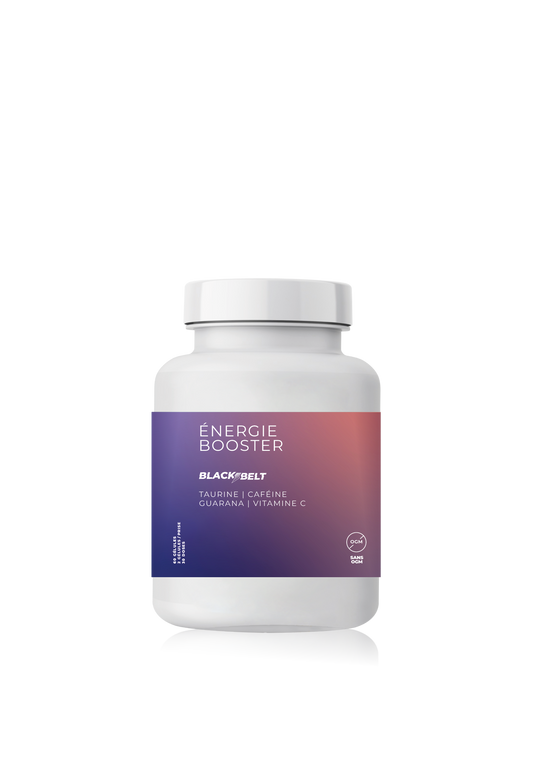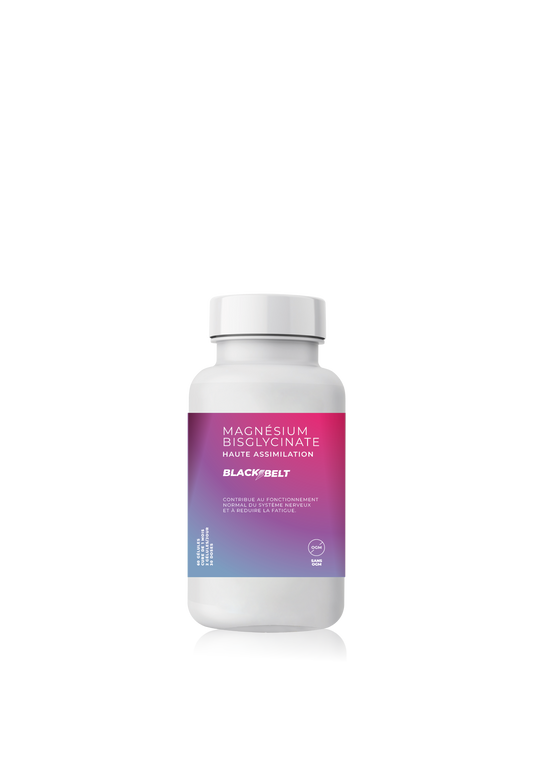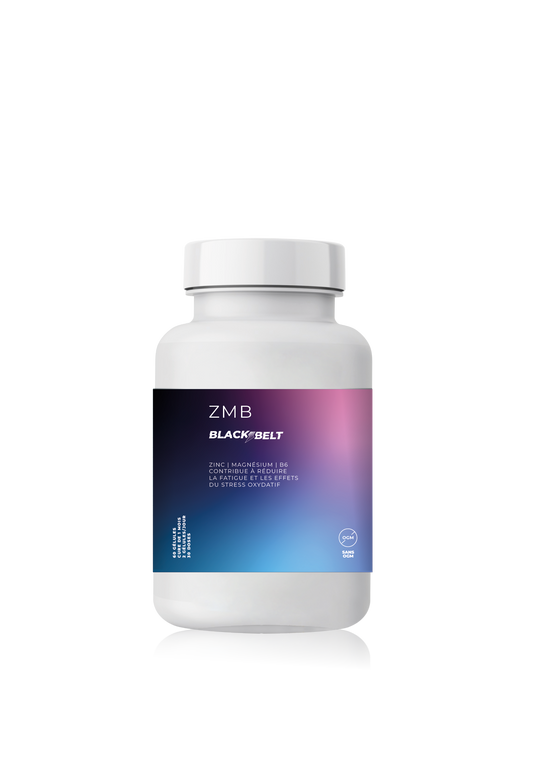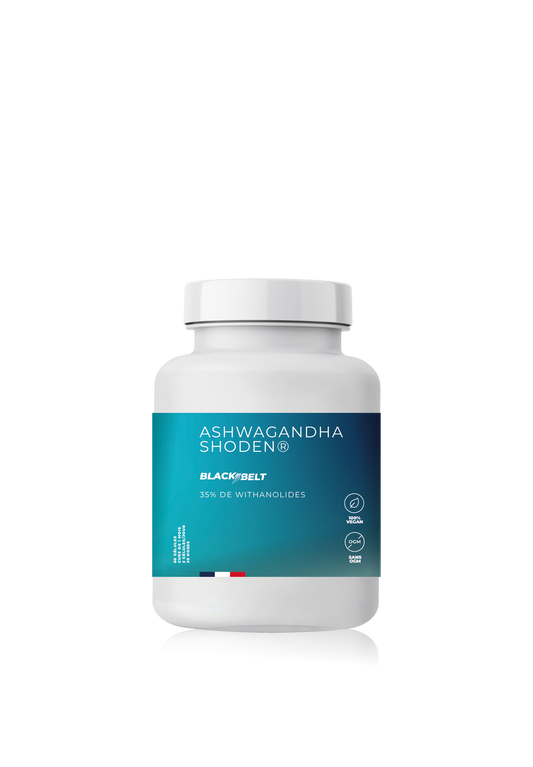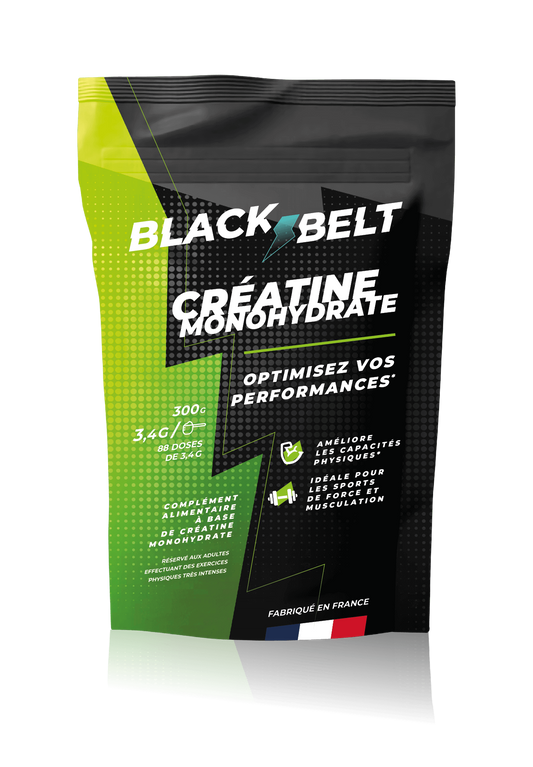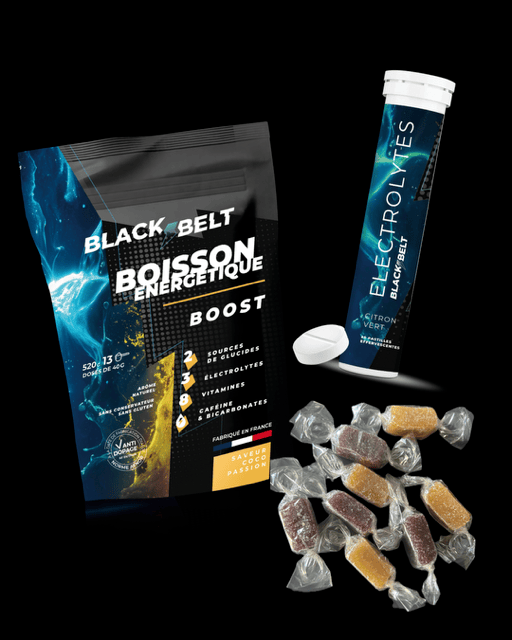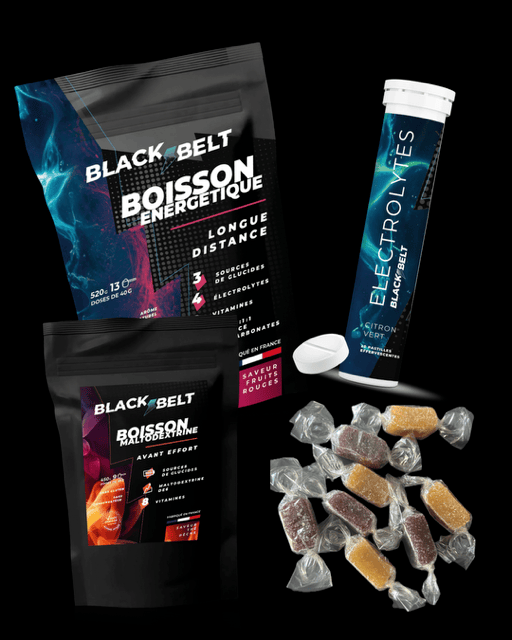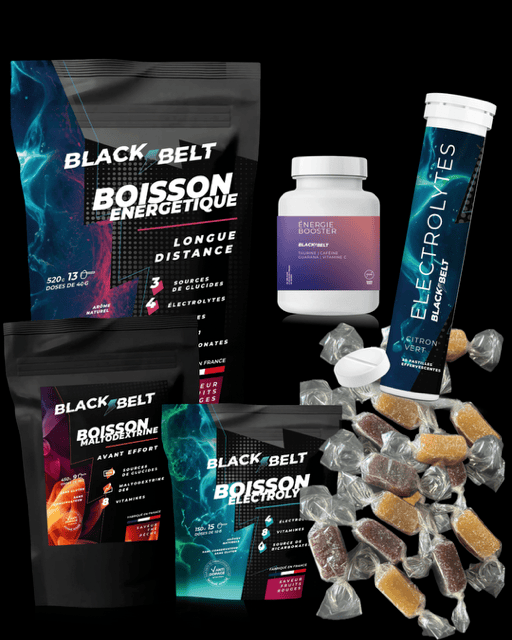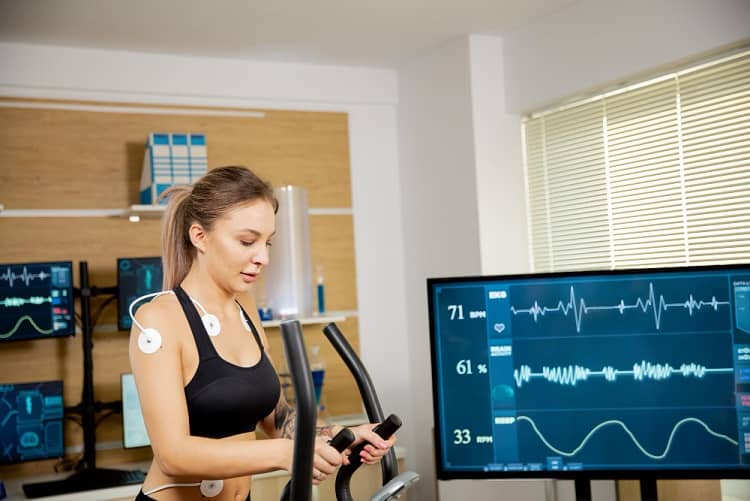
Share
What is the ideal VMA for a runner? Analyze and benchmark to optimize your performance
A topic we cover a lot at Blackbelt : VMA (Maximum Aerobic Speed) is a key indicator for any runner looking to improve their endurance and speed . But what is the ideal VMA for a runner? The answer is not unique, as it depends on several individual factors such as training level, age, gender and sporting goals. In this article, we explore what VMA is, how it is measured and what are the benchmarks to determine if your level is optimal for your running performance.
Understanding VMA
Definition of VMA
Let's recap: MAS is the maximum speed at which a runner can consume oxygen. Expressed in km/h, it represents the speed at which oxygen becomes the main source of energy for exercise. But what does that mean in concrete terms? In other words, the higher your MAS, the more intense your effort can be maintained over a long period of time. Convenient for a runner, right?

Why is VMA important?
You already understood it in the definition but concretely:
• Endurance performance: A high VMA is often correlated with a better ability to maintain a sustained pace during long races.
• Training optimization: Knowing your VMA allows you to target interval training and adjust your running pace to work efficiently.
• Fitness Indicator: This is a good way to assess the efficiency of your cardio-respiratory system and track your progress over time.
What are the benchmarks for ideal VMA?
For those unfamiliar with the English language, let's remember that benchmarking is a set of actions that help you evaluate and compare. Now we can move on.
Factors influencing VMA
The ideal VMA varies depending on:
• Age and gender: Generally, younger adults have higher VMAs. For example, in a well-trained 25-35 year old man, a VMA between 18 and 22 km/h is often considered excellent.
• Training level: An amateur runner can aim for a VMA of 16 to 18 km/h, while high-level competitors often exceed 20 km/h.
• Personal goals: If your goal is to run a marathon or trail, improving your VMA will help you maintain a faster pace over the distance.
Benchmark examples
Or reference point in this case:
• Beginner runner: Around 14 to 16 km/h can be a good starting point, with progression expected through training.
• Regular amateur runner: A VMA of between 16 and 18 km/h is often recorded.
• Performance runner: Values of 18 to 22 km/h (or even more) are typical for elite athletes.
These figures are averages, and it's essential to adapt your training to your own abilities and goals. Remember, we don't all start from the same place and we don't all have the same goals!
How to determine and improve your VMA?
Here is what interests us in more detail:
Measure your VMA
There are several methods to admit your VMA:
• Laboratory test: The most accurate method, carried out under medical supervision.
• Field test: Tests such as the Cooper test or series of intervals on the track allow a reliable estimate to be obtained.
• Smartwatches and apps: Modern tools can estimate VMA by analyzing your heart rate and speed during your outings.
A gift just for you: Estimate your VMA with our free online simulator. But you'll still need a field trip.
Training strategies to increase your VMA
• Interval training: Alternate periods of intense effort (e.g., 3 to 5 minutes at 90-95% of your maximum capacity) with periods of active recovery. This stimulates your cardiorespiratory system and gradually increases your MAS.
• Hill training: Run on slopes to intensely challenge your muscles and improve your oxygenation capacity.
• Long outings at a sustained pace: Maintain a pace slightly above your usual pace to accustom your body to a constant effort over time.
• Recovery and nutrition: Good recovery and a suitable diet ( especially a quality whey protein like that from BlackBelt ) help optimize protein synthesis and muscle regeneration, thus supporting the improvement of VMA.

BlackBelt: A whey protein designed to boost your performance
At BlackBelt, we've designed our whey protein to precisely meet the needs of runners. Our 100% French formula, made from milk from dairy cooperatives that meet strict specifications (also used for PDO cheeses), offers an optimal dosage of:
• EAA and BCAA: To promote rapid muscle recovery and limit catabolism.
• Carbohydrates and lipids: For a stable and balanced energy intake during and after exercise.
This protein stands out from other products on the market, particularly whey isolate, which is often geared more toward strength sports. BlackBelt protein is specifically formulated for running, trail running, and marathons, ensuring efficient absorption, optimal digestive tolerance, and continued performance support. See the article on the subject
Conclusion
Understanding your VMA and knowing the ideal value for your profile is essential for optimizing your training and improving your running performance. Whether you're a beginner or a competitor, measuring and working on your VMA helps you better structure your sessions and make significant progress.
BlackBelt Protein, with its perfect balance of EAAs, BCAAs, carbohydrates and lipids, offers you unparalleled nutritional support to recover effectively and maximize your long-term performance.
Take a comprehensive approach, combining specific training, tailored nutrition and optimized recovery to transform your potential into sustainable performance.




